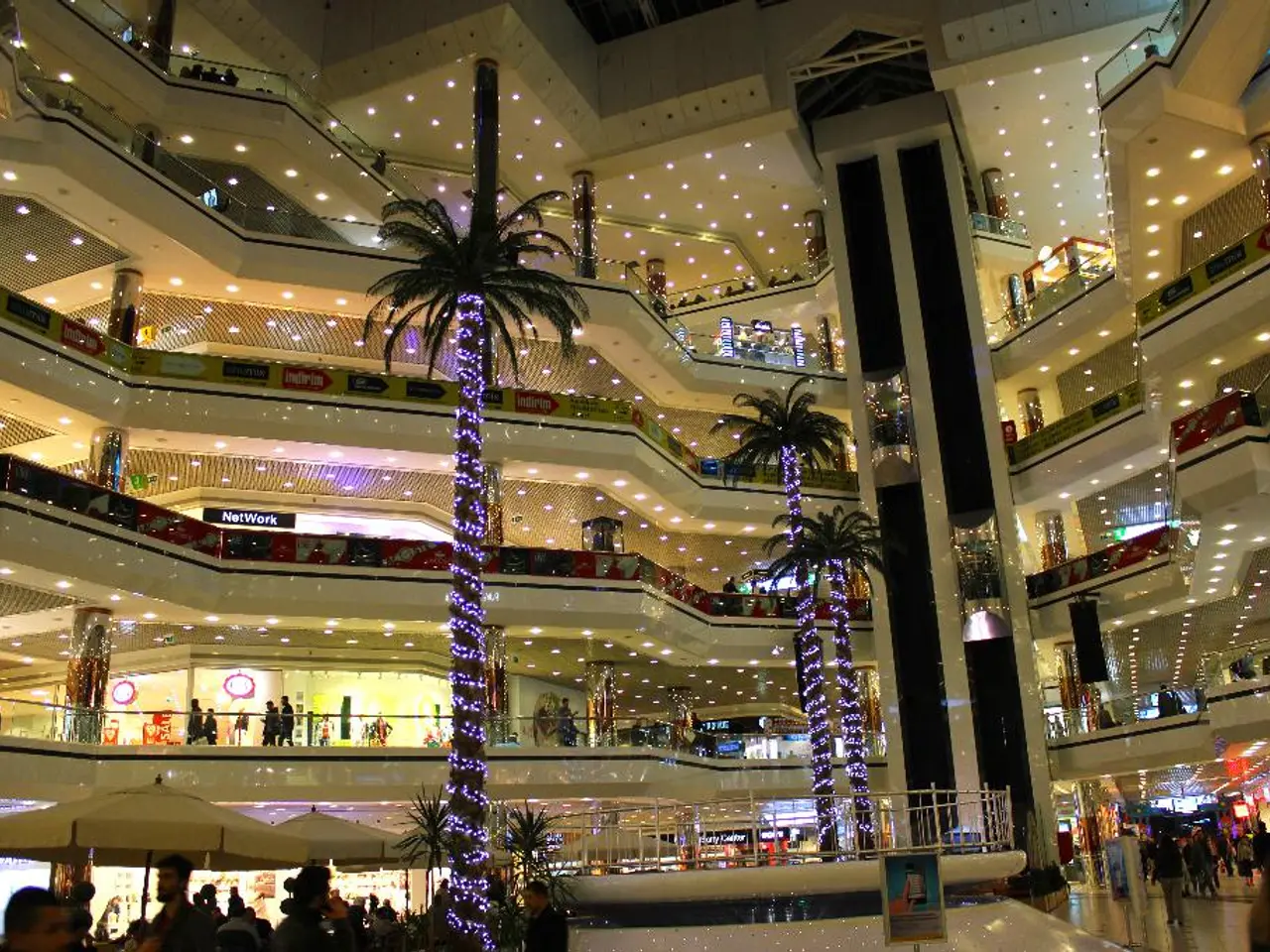Eid Al-Fitr and Ramadan 2025 Drive Boom in MENA E-Commerce and Gift-Giving Industries
Record-Breaking E-commerce Growth in MENA for Ramadan and Eid Al-Fitr 2025
The MENA region is witnessing unprecedented e-commerce growth during Ramadan and Eid Al-Fitr in 2025, driven by increased consumer activity and travel during these festive periods.
Sales during Ramadan 2025 in the MENA region saw a 9% increase, with a significant 35% rise in Gross Merchandise Value (GMV). In the UAE, orders increased by 20% and GMV rose by 13%, while in Saudi Arabia, orders increased by 30% and GMV rose by 35%. These figures indicate a strong consumer appetite for online shopping during these holy months.
Industry experts predict that Eid Al-Fitr 2025 will set new records for digital gifting and overall e-commerce across the region, particularly in UAE, Saudi Arabia, and Kuwait. The MENA gifting market is projected to grow from $6.36 billion in 2025 to $8.47 billion by 2032.
The popularity of mobile-first shopping is particularly evident among Gen Z consumers. Over 40% of orders in MENA are now placed via mobile, rising to 50%+ in Saudi Arabia and 47% in the UAE.
Businesses are responding to this surge in demand by expanding gift categories, launching Eid collections, and focusing on personalisation, seamless delivery, and convenience. Popular gift categories for Eid include flowers (73.4%), pastries & confectionery (20.4%), gourmet sets (2%), and edible bouquets (1.5%).
Marketing trends during Ramadan 2025 MENA include the use of personalized ads, short-form video content, and authentic storytelling on platforms like TikTok and Instagram. These strategies aim to engage shoppers effectively and respect cultural sensitivities while promoting.
The increase in travel and consumer spending around Ramadan and Eid Al-Fitr is also reflected in sectors such as aviation, with Queen Alia International Airport in Jordan reporting a 6% passenger growth in the first half of 2025, partly fueled by regional travel associated with these holidays.
The competition in the MENA e-commerce market is intensifying, with niche gifting platforms, super apps, traditional retailers, and e-commerce giants entering the market. Players like Flowwow, Floward, FNP, Talabat, Careem, Deliveroo, Amazon UAE, and Noon are all vying for a share of the growing market.
Consumer behavior reflects distinct Ramadan phases. Pre-Ramadan preparation sees a focus on spiritual and festive products, while Ramadan itself sustains engagement through relevant content. A surge in purchases just before Eid secures gifts and festive supplies. This cyclical pattern offers strategic opportunities for ecommerce players to time their offerings.
While direct data on exact sales volumes or comprehensive market-share shifts within MENA e-commerce for this period is not available, the evident trends suggest robust growth, increased competition, and evolving consumer preferences tightly connected to Ramadan and Eid festivities in 2025. The average order value during Ramadan 2025 rose from $41 to $49 year-on-year, and broader e-commerce trends during Ramadan include fashion (17.8%), electronics (16%), home goods (15%), automotive & accessories (8%), toys & hobbies (6.5%), beauty & health (6.2%), and other categories making up the remaining share.
In conclusion, the MENA region is experiencing a significant shift in consumer behaviour and market dynamics during Ramadan and Eid Al-Fitr, with e-commerce playing an increasingly important role in these festive periods. As businesses adapt to meet consumer demands, the region's e-commerce market is set to continue its growth trajectory in the coming years.
Read also:
- Federal Environmental Protection Agency under scrutiny for alleged manipulation of soil sample results following East Palestine catastrophe
- Breathing Methods for Bronchitis: Classifications and Their Functions
- Antibiotic Z-pack for strep throat: Dosage details, potential consequences, and duration of treatment
- Throat discomfort and yawning: Possible reasons and when to seek medical attention





